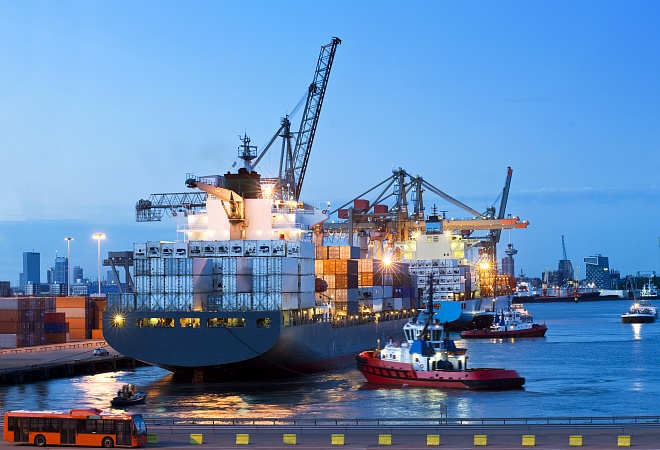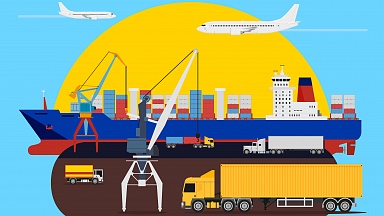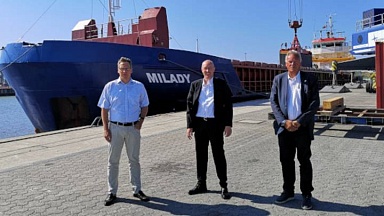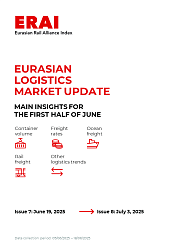Ocean freight spot rates on transpacific and Asia-Europe trade lanes soared on sustained demand and a shrinking pool of available, empty containers last year but the weeks to come are set to bring a stability in prices while remaining at relatively high levels, according to expert and industry sources.
Speaking at a recent webinar organised by US forwarder, Flexport, entitled What Now? Ocean Market Predictions for 2021,
Lars Jensen, CEO of Sea Intelligence Consulting, told a webinar last week organised by US forwarder Flexport: «My take on the market right now is that we have reached a plateau (on rates). I don’t expect them to come down sharply in the next few days, but I think that the other side of Chinese New Year we are going to see some of these rates come down relatively quickly.
«That does not mean we’re going to see rates collapse — absolutely not. But they’re going to come down to what we can call more normal and reasonable levels.»
Flexport’s VP of Ocean Freight, Nerijus Poskus, is also expecting rates to moderate. «I think they will flatten post-Chinese New Year but not get back to 2019 levels by any means quickly — not in the next two to three months. But the trend should be downwards.
«The rates (per container to Los Angeles from Shanghai) have to come down not from four, five thousand dollars but from five, six, seven thousand when the premiums for the equipment and priority loading is included. So, it (the downward trend) will start with the premiums and then prices will slowly start declining.»
Impact on contract rates
Poskus said the still high level of spot prices will impact contract rates in 2021, noting that contracted rates are currently three to five times lower than today’s FAK spot rates, with the timing of contract season falling in the carriers’ favour. «Negotiating contracts when spot rates are so high is good for them,» he notes. «And BAF prices, fuel prices, are going up at this time.
«Of course, relative to US$9,000 per container from Shanghai to Rotterdam, it’s nothing; but the carriers’ costs are ‘silently’ going up — albeit not a lot — and that will impact future pricing slightly.»
Jensen highlighted that contract rates haven’t «exploded» to the same degree as spot rates, but nevertheless have «come up rapidly over the past few weeks».
He continued: «But if we look at it slightly more in context, most contract rates took a nosedive to a different level back in 2016 when the markets crashed and the carriers have essentially tried but have been unable to increase contract rates back up ever since. It seems highly likely that 2021 will be the year when they actually succeed in doing that.
«If they do bring the contract rates back up to the level that was normal pre the market crash in 2016, in very round numbers, you’re looking at a 70% increase on your contracts on the Transpac and 50% increase on Asia-Europe, for example.»
Role of blank sailings
Turning to spot rates, he observed: "If you look back to 2018-19, before we got hit by the pandemic, what you see is a stable, slightly increasing trend. And if you try to examine what was going on back then it was actually when the carriers began to experiment with blank sailings. This was when the alliances found out they could actually make sure not to put too much capacity (into the market), and prevent spot rates from dropping.
«What I have an anticipation of is that the trend they were working with is basically the long-term, structural one. So, you look at where the spot rates were, what the increases were slowly over time, and they (the carriers) are saying: «This is where we are going to head down towards for 2021. So, we won’t at the end of the day come down to 2019 levels but to a higher level as indicated in the increasing trends (the carriers) already set back in 2018-2019.»





